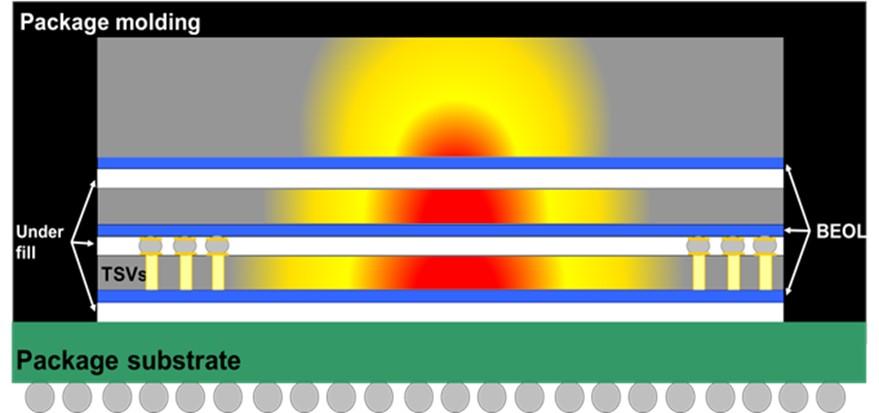As the semiconductor industry adds more functionality into smaller footprints, we are pushing the boundaries of traditional two-dimensional integrated circuit (2DIC) designs. The next phase in the growth of performance and functionality is building three-dimensional integrated circuits (3DICs). However, this new dimension introduces a host of challenges, the most significant of which is managing heat dissipation.
The allure and pitfalls of 3DICs
The advantages of stacked dies interconnected using vertical interconnect accesses (vias), to create a single, compact package include:
- Increased performance: By reducing the distance between components, signal propagation delays are minimized, leading to faster processing speeds.
- Enhanced functionality: Multiple functions can be integrated into a single package, enabling more complex and capable devices.
- Reduced power consumption: Shorter interconnects can result in lower power consumption compared to traditional 2D ICs.
To realize these benefits, designers first need to clear some key hurdles, including the significant challenge of managing heat dissipation (figure 1). Because 3DIC architectures are so compact, heat generated by the densely packed components can cause hot spots that affect performance and reliability.

Figure 1. Illustration of a 3DIC with heat dissipation.







